Wave-particle duality
/Geoblogger Brian Romans has declared it Dune Week (here's part of his tweet), so I thought I'd jump on the bandwagon with one of my favourite dynamic dune examples illustrating the manifold controls on dune shape.
Barchan dunes and parabolic dunes both form where there is limited sand supply and unimodally-directed wind (that is, the wind always blows from the same direction). Barchans, like these in Qatar, migrate downwind as sand is blown around the tips of the crescent. Consequently, the slip face is concave.
In contrast, parabolic dunes have a convex slip face. They form in vegetated areas: vegetation causes drag on the arms of the crescent, resulting in the elongated shape. These low-amplitude dunes in NE Brazil have left obvious trails.
The eastern edge of White Sands dunefield in New Mexico shows an interesting transition from barchan to parabolic, as the marginal vegetation is encroached upon by these weird gypsum dunes. The mode transition runs more or less north–south. Can you tell which side is which? Which way does the wind blow?
Herrmann and Duràn modelled this type of transition, among others, in a series of fascinating papers including this presentation and Durán et al 2007, Parabolic dunes in north-eastern Brazil, in arXiv Soft Condensed Matter. Their figures show how their numerical models represent nature quite well as barchans transition to parabolic dunes:
Geophysicists especially might note the wave-like nature of dunes, and indeed most other fluid-dynamical sedimentary structures. Like a surging crowd, granular particles exhibit collective behaviour that echos phase transitions of matter: solid, then fluid; particle, then wave.
Other don't-miss blogs posts on dunes
- Brian Romans's post about Martian dunes
- Matthew Francis's look at colliding dunes
- Jennifer Oulette's masterpiece about singing dunes
- Hollis's post about the ecology of the Guadalupe–Nipomo Dune Complex in California
- Gaelyn's recent post on the Coral Pink Sand Dunes of Utah
- Zoltan Sylvester's post on chevron-shaped deposits from 2008
Update
on 2011-11-26 11:57 by Matt Hall
I think Dune Week, or Fortnight, is over now... so here are the rest of the duney posts from the geoblogosphere:
- Those Martian dunes that sorta started it all
- Silver Foxx at Looking for Detachment
- Matt Kuchta's Research at a Snail's Pace
- Ron Schott in his Geology Home Companion
- Mysterious Estonian dunes over at Sandatlas
- Evelyn Mervine's post at Georneys
- Dana Hunter's Sweeping Sands at En Tequila Es Verdad
- Chris at Pools and Riffles
- Namib Sand Dunes photos by Catherine Curtis
- A nice Death Valley interdune EPOD from NASA
- A look forward to dune-ology at the EGU General Assembly next spring






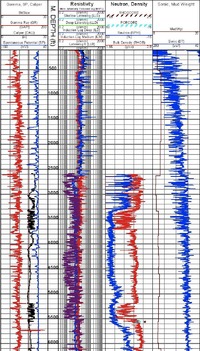






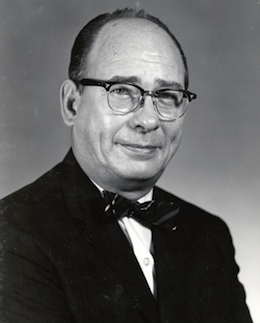
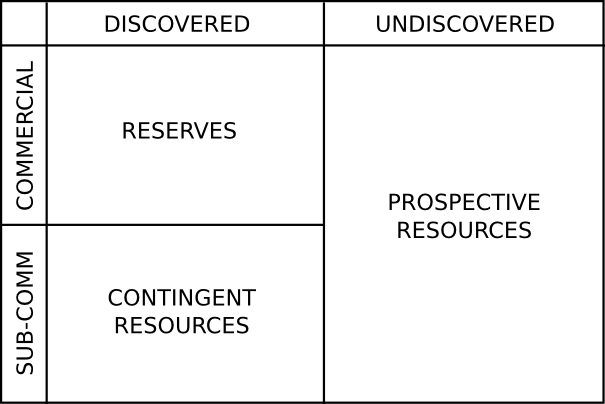


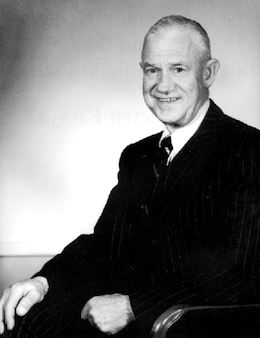
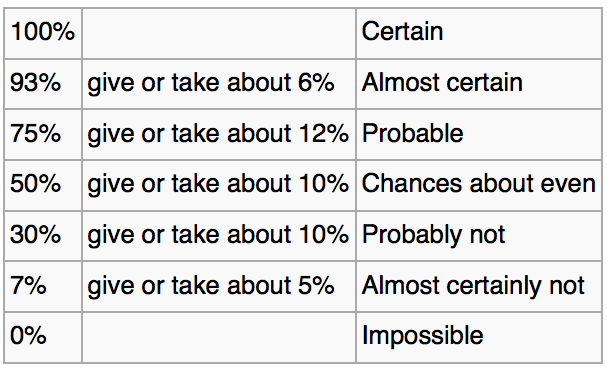
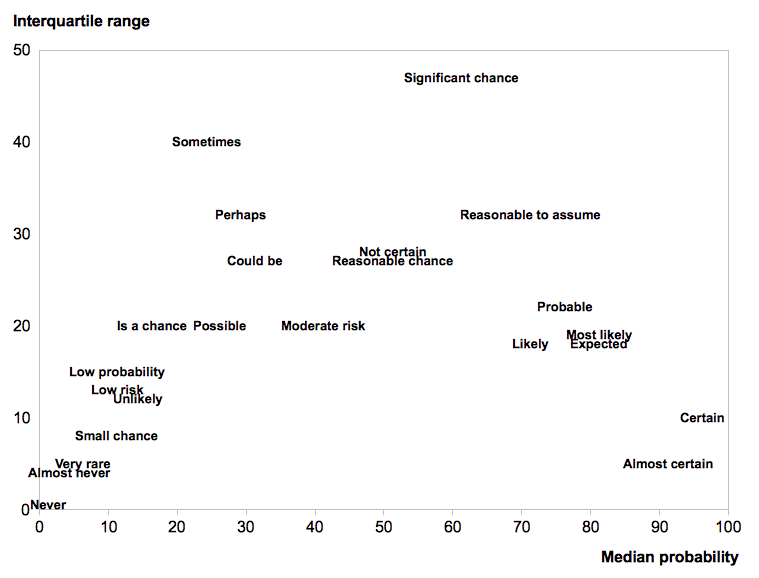
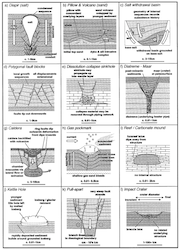
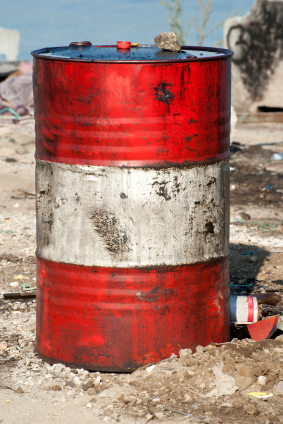

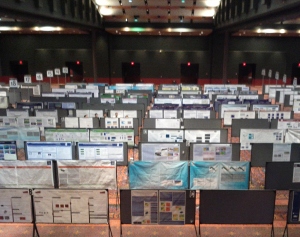





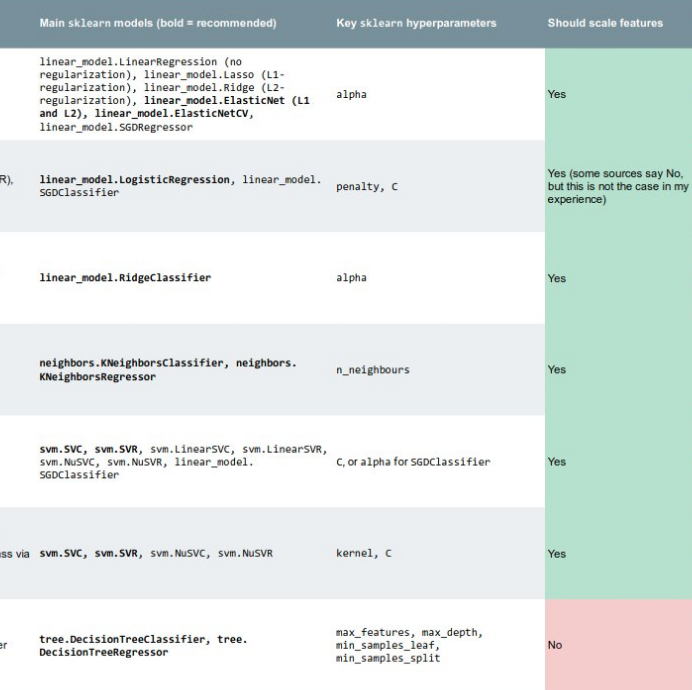

 Except where noted, this content is licensed
Except where noted, this content is licensed